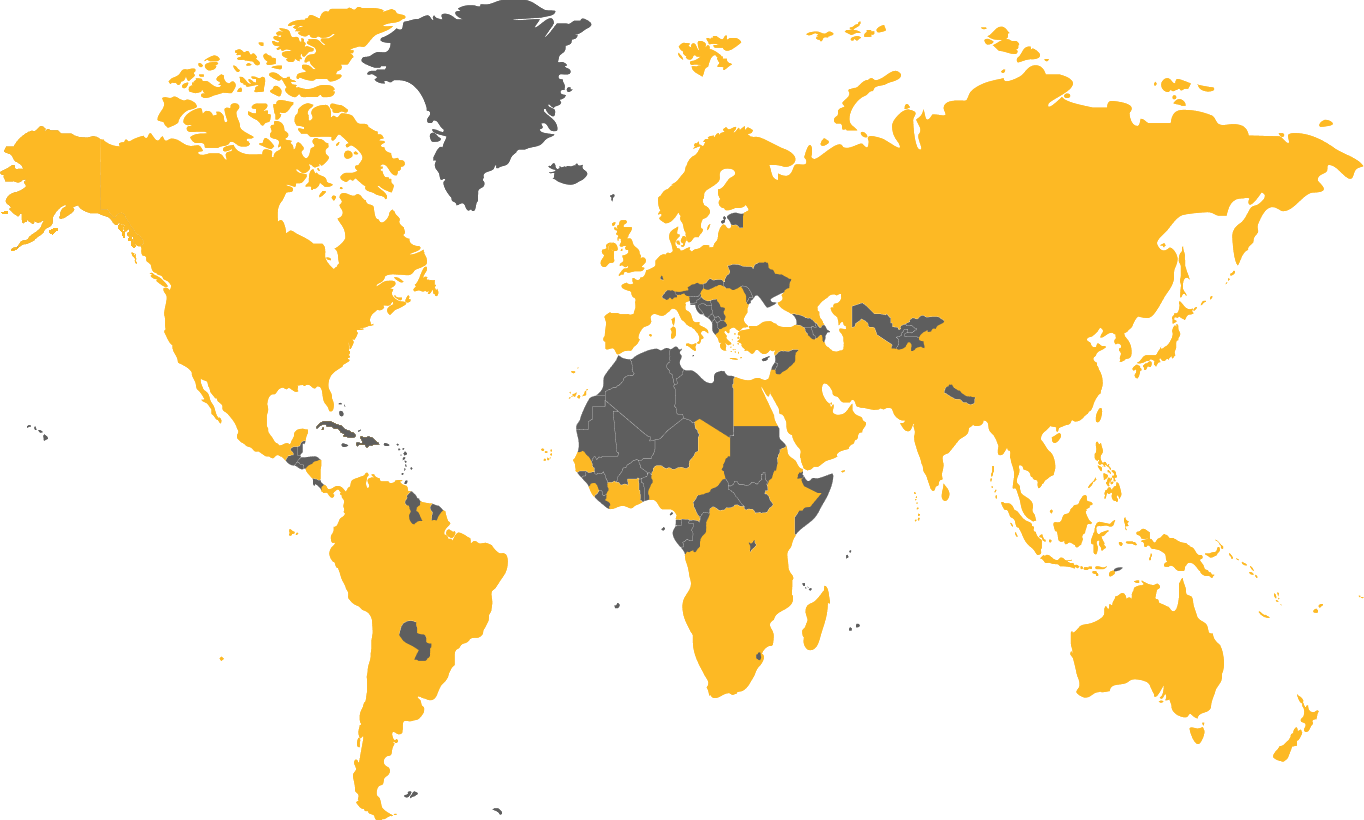What is drag pressure?
Drag pressure on a butt weld is essentially the minimum force required to overcome the sliding frictional drag created by machine and pipe. Unfortunately, it’s a much-disrespected concept outside the tightly controlled markets of Europe and the UK. Procedures don’t allow drag to be more than 25% of the total weld pressure, and the European style butt welding machines provide the appropriate capabilities.
On the other hand, North American machines have evolved with hydraulic systems capable of providing many times the maximum calculated weld pressure, and as a consideration for maximum drag is not included in welding standards, welders often construct strings of 5 or more of 12 metre lengths of pipe, creating drag of 4 or 5 times the calculated weld pressure.
Why are European welding specifications so tight?
ISO Standards are dominated by well-informed Public Authorities like British Gas, Gaz de France, Thames Water etc., looking for pipe networks with a 100+ year lifetime. British Gas alone has done millions of butt weld tests, concluding that the ISO low force welding standard creates the best butt weld possible.
The ASTM Standards Committee where high pressure welding was created has a different composition, resulting in a very different result. You may be interested to know that European Authorities will not touch high pressure butt welding, but that’s another story.
How to reduce drag when butt welding?
Pipe rollers or pipe stands minimise drag by providing balance to the HDPE pipe. On top of this, it also makes it easy to pull pipes from one weld to the next, but be careful because at some stage you’ll be measuring drag just as a weld bead is going over the pipe roller, giving a higher than real drag reading. Watch for this, because it is also probably what has been making your normal rollers fall over. Worldpolys’ pipe stands have the rollers on a separate pivot, which moves slightly forward when a bead arrives. Because this presents a slight vee rather than a flat face to the bead, it moves on with less stress to all.
If you have any questions please contact our team.







